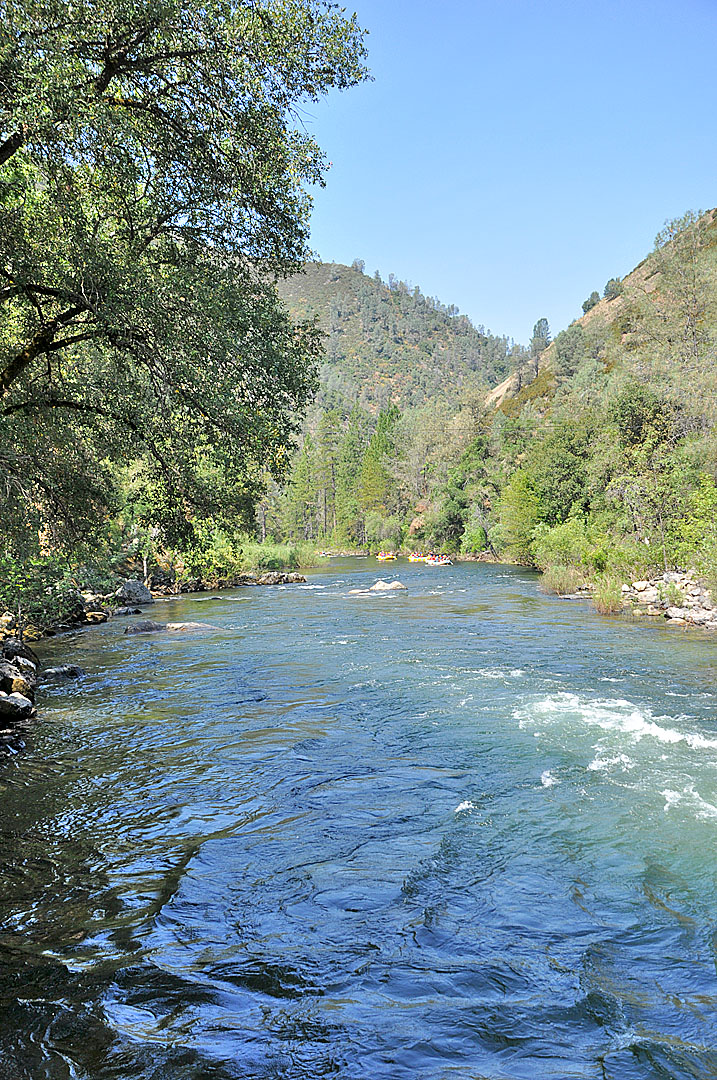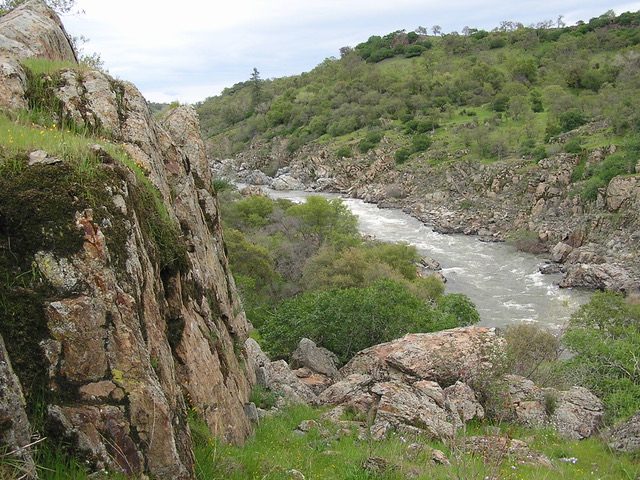In previous newsletters we’ve alerted our members to a long-overdue plan by the State Water Board to require water users to leave a higher percentage of water in the Stanislaus, Tuolumne, and Merced Rivers. Over decades of increased diversions (primarily for steadily expanding agriculture in the Central Valley), minimum flows in the three major rivers of the region have often been so low that the water temperature warms, the water quality diminishes, and available aquatic habitat is inadequate for many species.
After years of scientific studies by state and federal agencies, the State Water Board took that “best available science” and concluded that it is essential (for the health of the Bay Delta, for at-risk salmon populations, and for water quality) to leave between 30 and 50% of the water in the river, instead of diverting all but 20% as often occurs now. As a beginning strategy, the Water Board would require 40% to be left as river flow – still allowing 60% of the water in the three rivers to be taken for agriculture and other purposes. But water interests and their political supporters have gone ballistic in opposing the plan.

Merced river
For the public hearings scheduled in Sacramento, water districts pushed for Plan opponents to show up in force to vent their outrage. Farming interests offered bus rides to those willing to protest. Central Valley politicians denounced the plan as a theft of their water, even though the water originates in our local mountain region.
On top of the expected opposition from water and Ag interests, the Trump Administration weighed in with agency officials threatening to sue California if the new river flow Plan is approved by the Water Board. With so much political opposition, the outlook is grim for the survival of the State’s plan to require an adequate flow of water in our Region’s rivers. Despite this we still have hope.

Stanislaus River

